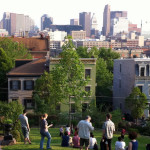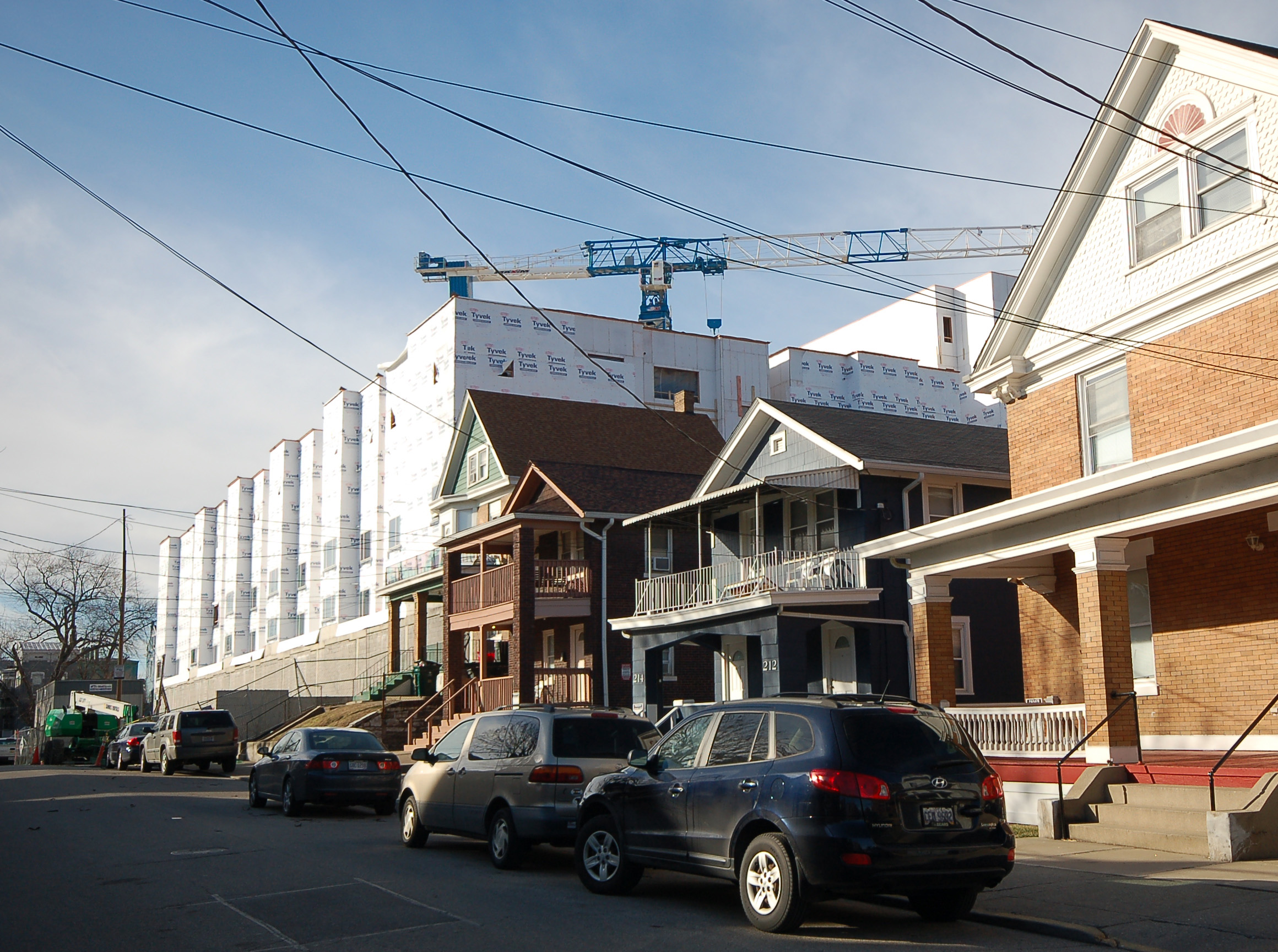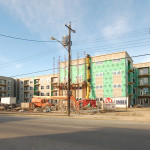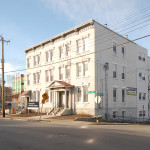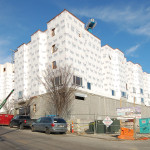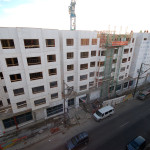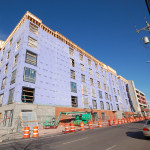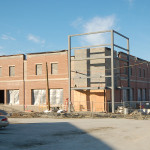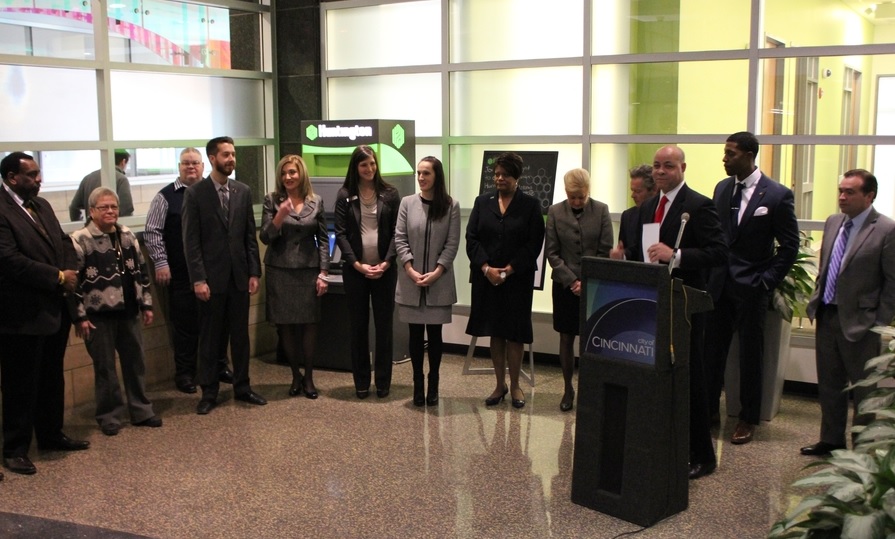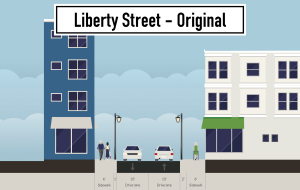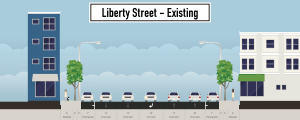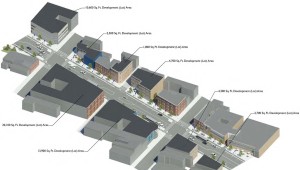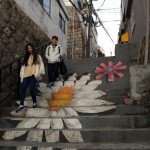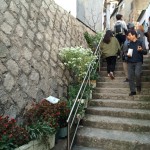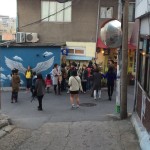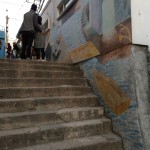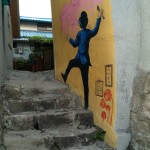The Mt. Auburn Community Development Corporation is one of Cincinnati’s newest CDC, and they are actively working on a number of efforts to position the neighborhood for success as investment continues to spread outward from both downtown and uptown.
In order to get to that point, community leaders say that they need a better understanding of where the community stands, what it wants, and how to get there.
“The future of Mt. Auburn is to have successful development that responds to the needs of the neighborhood,” Carol Gibbs, director of the MACDC, explained to UrbanCincy. “It needs to be inclusive.”
Understanding these needs, Gossman Group, DDA and MKSK submitted a strategic development plan proposal to the MACDC in early March. The proposal includes a multi-phase approach to assessing current conditions, identifying potential improvements, conducting a market study, and determining future land uses, massings and the type of development and redevelopment that would be appropriate for the Auburn Avenue Corridor.
“This plan lays out a process that helps it be inclusive,” Gibbs continued. “It has a history to lay out the foundation and it will include all of the stakeholders – those who live, work and play in Mt. Auburn, developers who are here or have plans to be here, and the City departments that have stepped forward to help make it a smooth process.”
News of Uptown Properties bold plans to move their investments into Mt. Auburn, particularly along the Auburn Avenue corridor, sent shock waves through the uptown community last year when the plans became public. The real estate development company, which got its start by redeveloping properties and marketing them to students at the University of Cincinnati, has, in recent years, transformed swaths of Corryville with new apartment complexes that have often replaced smaller and more historic structures.
Dan Schimberg, President and CEO of Uptown Properties, told UrbanCincy that their plans are to, at first, focus on rehabs along Auburn Avenue, along with a new medical office building at the southwest corner of Auburn and McMillan. From there, he says they intend to look elsewhere throughout the neighborhood at redevelopment opportunities.
It is not yet certain how these plans will factor into the strategic development plan that will get started soon, but so far there has been little talk about retail along Auburn Avenue. That may change, however, through this planning process as some neighborhood leaders are interested in establishing a neighborhood business district in Mt. Auburn.
“The CDC hopes that this plan will help us approach businesses and other investors to point out the potential profitable successes in our neighborhood,” said Gibbs. “Our hope is that this will lead to a neighborhood business district in Mt. Auburn.”
Neighborhood leaders will be kicking off the process of thinking about the future of the neighborhood, and the Auburn Avenue corridor in particular, at a public kick-off meeting tonight at 7pm at Taft Elementary School at 270 Southern Avenue. Organizers say the meeting will be structured as an informational session, and will be followed-up by future public meetings for more people looking to get engaged.

